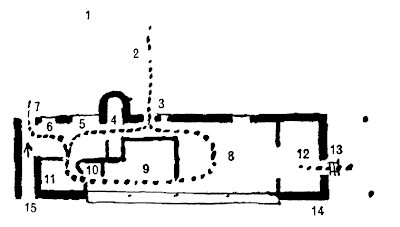
The Centre Paul Klee is a museum dedicated to the artist Paul Klee, it features about 40% of Paul Klee's entire pictorial oeuvre.
The Centre is a multifunctional space: in addition to being the home of a permanent collection of Klee's artworks, it also has temporary exhibition space, a concert hall, and an education centre. The shape of the building recalls the curves of the surrounding landscape, thus becoming an integral part of it.
The Centre is composed of three "hills" made of glass and steel. Each hill corresponds to a different function of the centre, and runs through the life of the artist - a painter, a musician and a poet.
The light, potentially harmful to the extremely fragile artworks, many of which are on paper, is diffused by a system of translucent screens that delicately reflect it.
This three waves rise and fall over a field directly adjoining the cemetery where Klee lies buried and the Sculpture Park Martha Müller-Lüthi.
The Sculpture Park stands in a topographical relationship to the local conditions of the place. Rows of silver birch trees and six organically arranged sculptures of bronze and oxidised weathering steel, border the undulating path through the garden landscape. They are works by Alicia Penalba, Oscar Wiggli and Yves Dana.




































